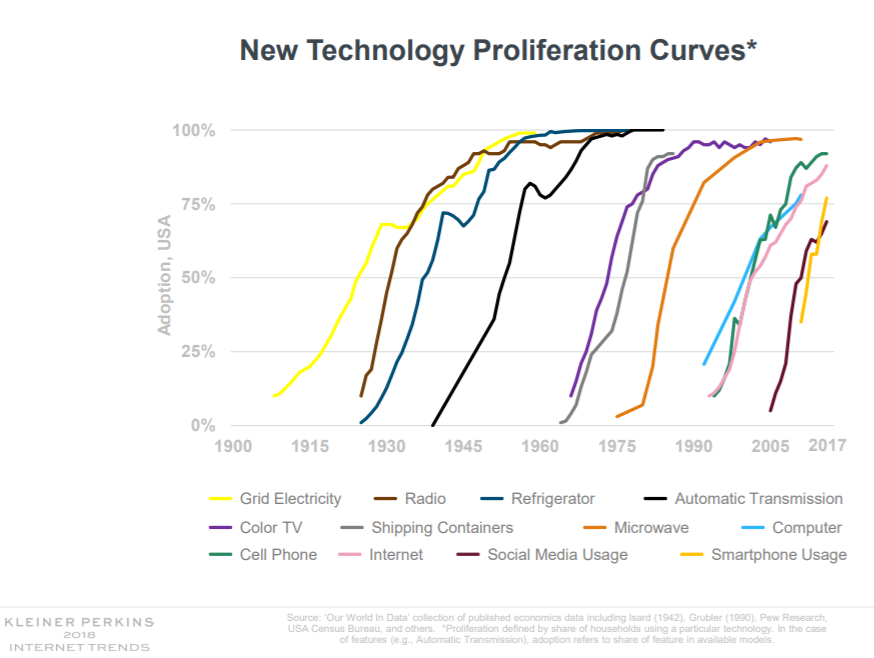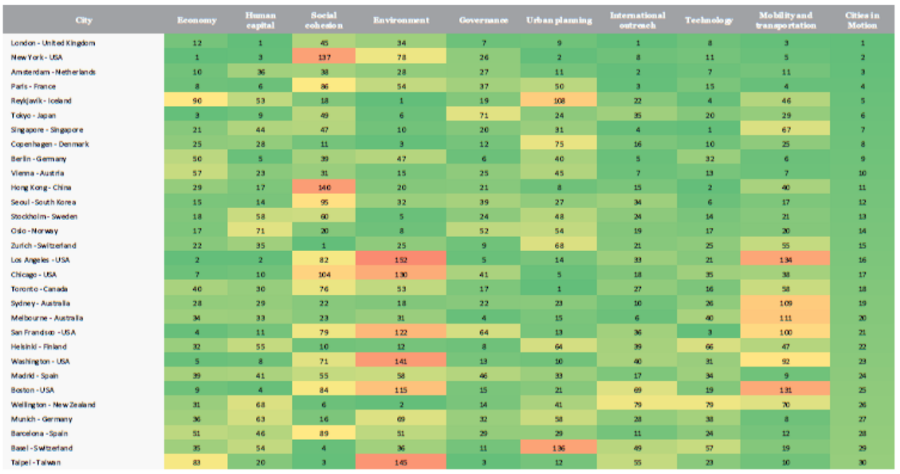This article is the last of a series dedicated to smart technologies and cities. Through these readings, I propose a comprehensive approach to decipher the future urban challenges that smart cities and mobility will have to face for a better, safer and more sustainable future for all of us.
Find the first article « Smart Technologies For A Manageable Urban Expansion » here, the second « Why Mobility Should Be The Smart City’s Priority? » here and the third « Smart Mobility Trends Overview » here.
This article presents current frameworks, tools and strategy available to cities to develop their smart plan.
Smart City is a generic term for which multiple definitions can be found. In “Smart Cities, Smart Mobility” (2017), Lukas Neckermann compared a Smart City to a living organism and defined it as “one that combines its data, its resources, its infrastructure and its people to continually focus on improving liveability. A Smart City is an aggregation of power and creativity, but also a body of data and live analysis. It has a soul; it sets goals and shares its passion. And if a Smart City can so be equated with a human, smart mobility is a city’s circulatory system.”
I understand this concept as places where different actors leverage technology and data to make decisions that will achieve an improved quality of life. Informed companies and individuals can make decisions that translate into more efficient use of resources for the city overall (Imperial College London, 2019). Therefore, smart technologies should be developed with a focus on people and the improvement of their quality of life in an urban area. I like the analogy of a smart city being the body, people the heart and mobility the blood.
To be smart, a city has to go through 3 development steps: 1. hardware & software; 2. smart applications; 3. customer adoption and behaviour
The McKinsey Global Institute proposes a three-layer development in order to have a successful smart city strategy.
The first is the hardware and software infrastructure. Before a city becomes smart, it has to be connected. Therefore, the requirements are
– High-speed communication network: 50% of the population is connected to the internet;
– Management of the critical smartphone mass: 6.1 billion smartphones expected by 2020;
– Open data platform: In 8 years from now, an average connected person will be interacting 4,800 times per day with connected devices (1 interaction per 18 seconds);
– Sensors deployment: there is an explosion of IoT devices with an expected number of 20.4 billion IoT by 2020.
The second layer is related to smart applications that will be able to capture, analyse and deliver to users relevant information based on the massive flow of data. New business opportunities can arise from apps thanks to superapps, such as WeChat in Asia, in which you can use financial services in addition to a messaging system and ridehailing options. Product and Services Systems, thanks to the data collection, can also propose to users additional services related to the product/service (i.e. when you buy a car, you can add insurance, maintenance, upgrades, etc. with the same provider).
People are adopting new technologies at a faster pace than before
The last layer is customer adoption and usage. Kleiner Perkins showed in its Internet Trends 2018 report that people are adopting new technologies at a faster pace than before.

However, education, awareness, and acceptance from the customer side should not be underestimated and actions have to be undertaken today to make sure the transition towards disruptive technologies and new user behaviours goes smoothly. Officials should align internally to promote a harmonized political agenda and communicate more proactively towards people to explain their projects and future technology implementation such as autonomous vehicles.
75% of our survey respondents have a negative perception of autonomous vehicles
Our survey from June 2019 on 3,000 people in the UK showed that a majority of the population would trust faster and more easily a message delivered by an official institution. Together with a strong communication strategy, companies developing these techs and government bodies should bring innovations on the streets and allow people to get familiar with them. In a recent study we performed, over 50% of the people have a very low confidence level in autonomous technology due to the simple fact that it is not proven. However, once one has tried the innovation, for example in an autonomous pod, the opinion changes positively dramatically.
153 cities around the world have smart city strategy, US and Asia leading the way
Today, there are officially 153 cities around the world with a smart city strategy, demonstrating the global importance of “smartness”.

However, not all of them have the same ambition. McKinsey reviewed 50 cities and assessed on a scale of 110 points how ambitious is the city strategy to become smart. As a result, the US and Asia (mostly China) are leading the way.

Researchers believe that Vienna, London, and St Albert (US) have the strongest smart city agenda with the most comprehensive and realistic objectives (Imperial College London & NYU, 2019).
There are 3 smart city scenarii: Engineered cities, Fast-growing cities, Established cities
There are three scenarios from which a city can be smart:
- Engineered Cities: these urban areas are new cities designed to be smart. The main barriers are the huge capital investment required and the divergence amongst the city rulers and planners. A well-known example is Masdar City in UAE where, due to the cost underestimation, there is a significant gap between the initial objectives (delivery by 2014) and the reality (completion expected by 2030). I am really excited by the WOVEN City Project launched by Toyota during the CES 2020 and I have a lot of hopes this initiative will be a great step forward for smart city and mobility.
2. Fast-Growing Cities: recent cities with a high growth rate developed in a smart way. Examples are Dubai or Singapore.
3. Established Cities: this section covers traditional and historical cities looking at being smart in the near future. New York City is very active in its smartness development. The Global Future Group forecasts that smart technologies could help NYC save up to $24B a year (on a total $80B per year budget).
The City In Motion Index from IESE is a nice smart city ranking
To conclude this article, I will leave you with a very interesting tool developed by the University IESE to assess the smartness maturity of a city: The City In Motion Index. This ranking measures the sustainability and quality of life offered by an urban area to its inhabitants through 9 indicators. The 2019 ranking is presented below (available here, p.29) and I encourage you to spend some time on it to discover what the main differences are between cities that interest you.
London ranks 1st on the City In Motion Index (IESE)

About Me
Frederic is a Consultant at Neckermann Strategic Advisors. He holds an MBA from Imperial College London Business School and a Master’s Degree in Business Engineering from UMons. He supports companies in understanding how the Mobility Revolution will change their business. Frederic is the co-author of multiple smart mobility research reports and one of the contributors to the Global New Mobility Coalition led by the World Economic Forum. He is also a mobility guest lecturer at Universities, a blogger @ Frederic-john.com and mentors mobility start-ups in London and Singapore. He is fluent in French and English and also speaks some Spanish and Dutch.
The views expressed in this article are personal and do not represent the opinion of my employer or any other parties I am involved with. The suggested insights come from my discussions, research and analyses.

